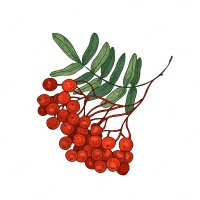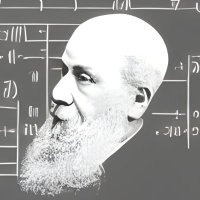
Rowan
@rowansci
molecular design and simulation tools for scientists. (also see our literature-posting account @RowanReads.)
(cover image from @owl_posting)
ID: 1679860201195749377
http://rowansci.com 14-07-2023 14:27:44
210 Tweet
1,1K Followers
4 Following





Chai Discovery (Joshua Meier Chai Discovery) just released Chai-2, a model for "zero-shot antibody design in a 24-well plate." The most existing result? Chai-2 successfully generated binders for 50% of the 52 targets they assayed (100x better than SOTA)! Some thoughts below:









Great to see Rowan's redox potential and Fukui-index calculations used to help with total synthesis. Congrats Matt Carson Kozlowski Lab and co-workers!






